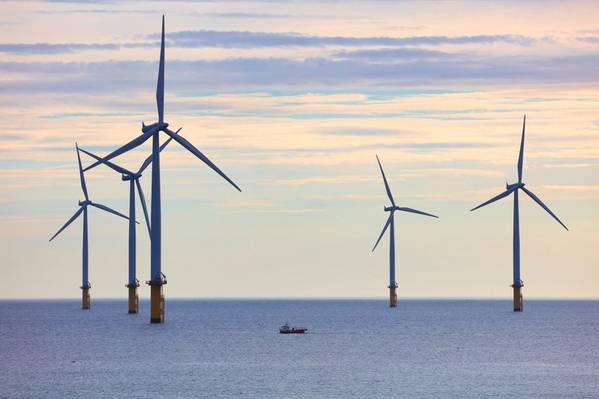
Despite the heat waves, wildfires and floods that have amplified calls to accelerate the global energy transition away from fossil fuels, investors withdrew record funds from the world's largest clean energy investment vehicles so far this year.
Investors withdrew a net $765 million through August from the world's largest clean energy exchange traded fund, the iShares Global Clean Energy ETF (ICLN), which is by far the largest net outflow on record of investor money from that fund during any January-August period, LSEG data shows.
Investors withdrew a further net $197 million from the First Trust NASDAQ Clean Edge Green Energy Index (QLN), and a net $23.6 million from the VanEck Low Carbon Energy ETF (SMOG) - the largest withdrawal for that time slot since 2010.
LOST LIMELIGHT
A key driver behind the withdrawals from clean energy investment funds this year has been the relative attractiveness of other sectors, such as artificial intelligence. Investors opted to redeploy some holdings away from energy to join the scramble for AI exposure.
The Global X Robotics & Artificial Intelligence ETF (BOTZ), the largest ETF in the AI space, saw net inflows of over $614 million through August, which was the highest for that fund during that period since 2018.
The clean energy space had outperformed other sectors, including technology, over the past two years, and so was likely due for a bit less investor attention this year.
However, an equally important factor behind the outflows in clean energy has been the spate of high profile corporate and national disappointments in critical areas of the clean energy industry.
WIND BLOWS
The most prominent letdown this year has been the wind power sector, which has suffered from disappointing national offshore auction results for operating sites in Britain and the United States, as well as ongoing corporate hiccups.
Earlier this month, Britain's latest subsidy auction for renewable projects failed to attract any bidders at all from the offshore wind industry, while in late August the first ever offshore auction in the Gulf of Mexico unearthed only a single bid, dealing a blow to U.S. green energy ambitions.
The bad news didn't stop there. This month, the European solar industry warned of a "precarious" situation for solar photovoltaic (PV) manufacturers as PV prices hit record lows.
And earlier this year solar inverter maker Enphase Energy warned of below-estimate earnings on weak demand in the United States, where consumers are reining in expenditures due to high interest rates.
Even the electric vehicle (EV) market, one of the clear bright spots for supporters of the energy transition, looks set to run into problems after the European Commission threatened an investigation into subsidies for Chinese EV makers, which have been rapidly gaining market share at the expense of Europe's car giants.
In all, weak spots have emerged on key frontiers of the clean energy industry, which have justified the retreat in investment.
But it is far from clear whether these setbacks will turn into sustained reversals, as the broader push for cleaner energy sources retains wide support at the societal, political, and corporate levels.
And for long-term investors, even modest success stories tied to government or corporate renewable energy projects, or improving earnings momentum among key clean energy-focused companies, could be enough to flip the recent fund flow trends from outbound to inbound.
Short-term traders may be even easier to entice, as following the recent waves of outflows, the prices of major clean energy ETFs are hovering at their lowest in more than three years, and this could be viewed as an attractive entry point given the enduring scale of support and investment into the broader energy transition.
Overall, investors in ETFs and other funds are far from the main drivers of the global energy transition, which is set to continue whether or not retail investors tag along for the ride.
But investment trends do offer an effective read on broader sentiment in the clean energy arena, which has been battered by downbeat news but could be primed for a turnaround once upbeat earnings and development auction results start to come in.
The opinions expressed here are those of the author, a columnist for Reuters.
Outflows from the largest clean energy ETF hit a record in Jan-Aug 2023 https://tmsnrt.rs/45VCeuJ
Three of the top clean energy exchange-traded funds (ETFs) have slumped in price https://tmsnrt.rs/3rhNenj
(Reuters - Reporting By Gavin Maguire; Editing by Miral Fahmy)